Smith & Wesson Victory Model: From Every Theater Of WWII To Your Collection
Smith & Wesson’s Victory Model was originally produced as part of the massive Lend-Lease effort on the part of the United States to help equip British and Commonwealth troops fighting against the Axis powers, before the Japanese attack on Pearl Harbor drew the United States into World War II.
The program continued throughout the war following United States’ participation, with Victory Models being produced from 1942 to 1945. In short order, the Victory Model was also produced for domestic military consumption.
The “Victory” Model Smith & Wesson is believed to have derived its name from the “V” prefix on the series’ serial numbers, and it wasn’t a new design by any means. Depending upon how one approaches the issue, and what verbiage one leans toward in describing this family of Smith & Wesson revolvers, it fits into the same series of guns as the Model 10, the Smith & Wesson Military & Police, and the Model of 1899.
Throughout its production life, and including the WWII years, this pistol has been continuously tweaked and modified to meet differing needs, customers, and challenges for well over a century (and over a decade longer than the 1911). While it may be difficult to believe, this pistol still soldiers on for self-defense around the world and some police use.
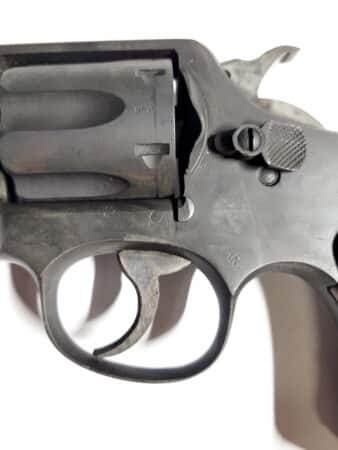
The primary difference between the Victory models produced for British and Commonwealth troops and those produced for the United States was caliber.
The guns made for the United States were chambered in .38 Special, while those produced for Britain and the Commonwealth were chambered in .38 Smith & Wesson to accommodate the British .38/200 round that was utilized in the Webley and Enfield revolvers (which, by the way, are different internally, although they have a very similar external appearance). The .38 Special is a longer cartridge and more powerful than the .38/200.
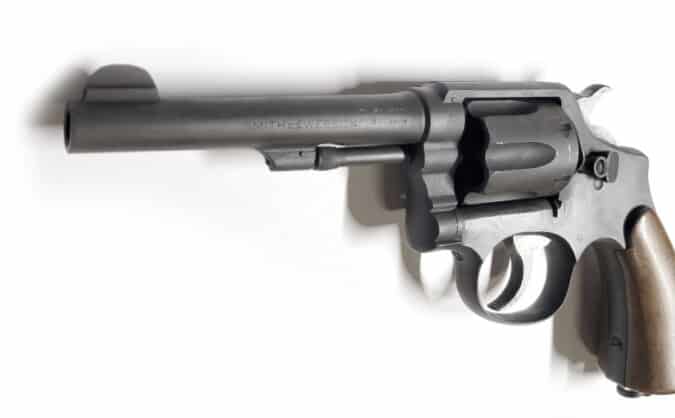
The easiest way to determine which model you have is simply to examine the markings. While all are stamped “United States Property,” as were all small arms under Lend-Lease according to the terms of the program (Savage No. 4 Enfields are a good cross-reference point here), the caliber will be marked on the barrel for the user to clearly see. The .38 Special cartridge will not fully fit in the .38/200 cylinder, which generally avoids problems with mistaken ammunition.
However, like the Webley Mark VI, originally chambered in .455 Webley, many .38/200 Victory Models have been altered over the years to “accept” .38 Special.
Be wary, however. Like the Webleys’ “shave jobs” the quality, consistency, and most importantly the safety of such revolvers should always be questioned, and examination by a competent (read as educated as such, not your Uncle Bubba who “grew up with a gun in his hand and knows everything about them”) gunsmith is recommended.
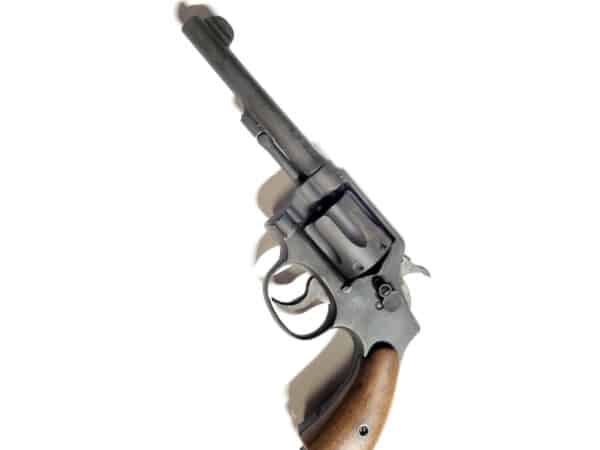
The guns produced for the United States in .38 Special are so marked, and many of these will be encountered with U.S. Navy markings.
There’s often a vast difference in the condition of Victory Models encountered on the market in the United States. It’s important to remember that many of these were used in harsh environments for three years of war, in conditions ranging from North Africa and Europe to the jungles of the South Pacific. Afterward, many of them continued to soldier on with the countries which bought them, or they were sold as surplus to civilians, or given as aid to other countries. Take the time to examine any Victory Model very carefully.
Warnings aside, extremely nice guns are on the market. This particular gun was acquired through Legacy Collectibles, a very reputable and highly recommended source. Due to the high overall quality of most of the Victory Series, if the gun was well maintained and cared for, they can still be very viable range guns. In fact, with the nicely preserved specimens, such details as case hardening on the hammer and trigger are still evident.
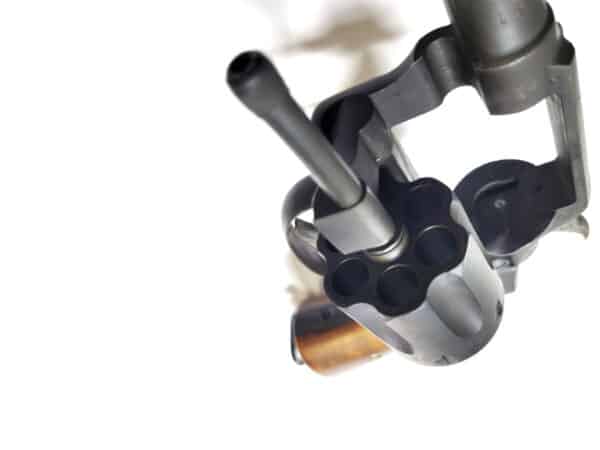
Like all older Smith & Wessons that were well maintained, the lock work is truly impressive compared to modern guns, and the sound of an early, well-timed revolver has an almost musical quality to it.
Accuracy in both the .38/200 using .38 Smith & Wesson ammunition and in the .38 Special models is generally acceptable. Hand loads improve accuracy and consistency, but .38 Special ammunition should be available almost everywhere handgun ownership is legal. .38 Smith & Wesson ammunition can be more of a challenge, although there are still a number of commercial loadings on the market. Original .38/200 is almost unobtanium.
The stocks of Webleys, Enfields, and even Victory Models were kept in reserve long after WWII, as .38/200 military production dwindled in favor of 9×19. There was little left with which to practice, and in the event of war, at least one retired British officer reported to the author that he was advised he’d have three to six rounds issued as stocks were so low.
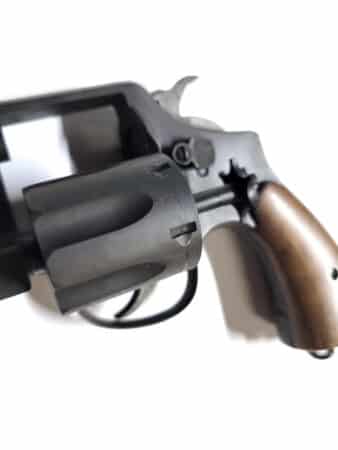
The Victory Model is a great entry into a currently very expensive collector’s market for WWII firearms. The Lend-Lease guns in .38 Smith & Wesson can be had in very nice condition for less than $650 on the current market, while guns chambered in .38 Special tend to start in the $850 range in nice condition, with U.S. Navy marked models bringing a bit more of a premium, beginning in the $1,050 to $1,100 range.
The Commonwealth web holsters meant to carry the Victory Model (and the Webleys and Enfields) are easily obtained in mint condition from various manufacturers for under $50. The U.S.-produced leather hip and should holsters for the Victory Model are harder to find and normally over $100 when encountered.
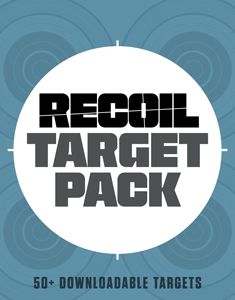
NEXT STEP: Download Your Free Target Pack from RECOIL
For years, RECOIL magazine has treated its readers to a full-size (sometimes full color!) shooting target tucked into each big issue. Now we’ve compiled over 50 of our most popular targets into this one digital PDF download. From handgun drills to AR-15 practice, these 50+ targets have you covered. Print off as many as you like (ammo not included).
Get your pack of 50 Print-at-Home targets when you subscribe to the RECOIL email newsletter. We’ll send you weekly updates on guns, gear, industry news, and special offers from leading manufacturers – your guide to the firearms lifestyle.
You want this. Trust Us.
Read the full article here


